The People’s Garden
Redesigning the service offered by the National Trust in order to facilitate opportunities for visually impaired individuals and cultivate COVID-secure community activities
Overview
Context
Masters project • Duration: 12 weeks • 2021
Deliverables
Role
Team of 5 UX Designers.
Shared Responsibilities: Defining problem space, research, ideation, mapping.
My responsibilities: Hero shot, Storyboard, visual identity and style guide.
Team members: Maria Chanduvi • Haidar Darr • James Hoare • Maeinia Saadbouh-Montesdeoca
The Problem
Lockdowns necessary to stop the spread of COVID-19 have unwanted impacts on communities, exacerbating loneliness for those who live alone and are limited in socialising digitally due to visual impairments.
Process
Discover
Research Phase
The Brief
Transform an existing service to provide social value for a specific target user in a low touch, socially distanced context.
Reframing
After preliminary scoping research and team discussion we redefined our brief within more specific barriers:
Target User
People with visual impairments
The target user was personified as Rob, a 55 year old man living alone with his support dog who had developed macular degeneration, a degenerative visual impairment with sight loss starting later in life and spreading from the centre of the eye.
Service
The National Trust
Cultural attractions and museums are hit hard by lockdowns, forcing closure and furloughing the majority of staff. Furlough can be highly detrimental to staff’s wellbeing, causing stress around job security and frustration around finding purpose. The National Trust was chosen after considering the resources and brand recognition that it was possible to leverage. Hardwick Hall near Mansfield was chosen as the pilot example for this project.
Main Theme
Community
COVID-19 and the lockdowns that were needed turned life upside down for many people, exposing issues in society that had been ignored and exacerbating existing trends. One of the most evident reflections for many people is the importance of community; people are social, people need one another. While many missed friends and family, a light was shone on an existing epidemic of loneliness; many vulnerable people in society live alone and may only have contact with one or two people a month.
Secondary Research
Assumptions were unpacked and explored through secondary research. Targeted research was carried out focusing on macular degeneration, mental wellbeing when living alone and National Trust structure and resources.
Mapping research findings around macular degeneration and visual impairments.
Remote Ethnography
To add real voices to our research and broaden our understanding, blog analysis was carried out, gaining insights from public visual impairment communities online.
Visual Impairment community blog analysis
Auto-Ethnography
We were highly aware that we were designing from a privileged position; none of us had a visual impairment. While we acknowledged we could never truly understand the depth of feeling and effect on mental health during vision loss, we wanted to empathise as much as possible with the friction that can be added to everyday tasks. To do this we created glasses with obscured central vision, emulating the effects of macular degeneration and wore them while trying to live our everyday lives.
Define
Synthesis Phase
Key Findings
Visual Impairment and Loneliness
Losing vision is a scary experience and makes many tasks, that were once normal to the individual, challenging. With more serious sight loss there is a fear of falling or getting lost. This new friction can cause a withdrawal from social activities. This can lead to visually impaired people feeling isolated and, without support, lonely.Self-esteem and Independence
Deteriorating vision can lead to some individuals giving up their jobs. These may have been careers they have worked in their whole life and is very much core to their identity. This can cause a loss in confidence and self-perceived feeling of lack of purpose and not being able to offer value. This diminished self-worth has a highly negative effect on mental wellbeing.Time Critical for Remaining Vision
With conditions such as macular degeneration, vision deteriorates over time, steadily getting worse. This can be a frightening experience. Individuals often want to make the most of their vision while they still have it; this makes time a critical factor.COVID-19 Impact
The pandemic effects all these and exacerbates existing problems. Fear of the virus and social distancing makes contact with other people even harder, exacerbating feelings of loneliness. Many digital solutions for staying in contact remotely are not as accessible or inclusive for visually impaired people. And the unpredictability and uncertainty of the pandemic feeds into the fear that they are running out of time with their sight; that this is critical time they should be making the most of their vision.
Proto-persona
Research was used to develop a detailed proto-persona for Rob, identifying his goals, pain points, attitudes and behaviours.
Service Mapping
Using secondary research, the National Trust’s existing service was mapped and how it could relate to Rob in its current form. This was useful to break down what the National Trust offered and what resources could be leveraged in a time of lockdown.

Customer Journey Map

Stakeholder Map
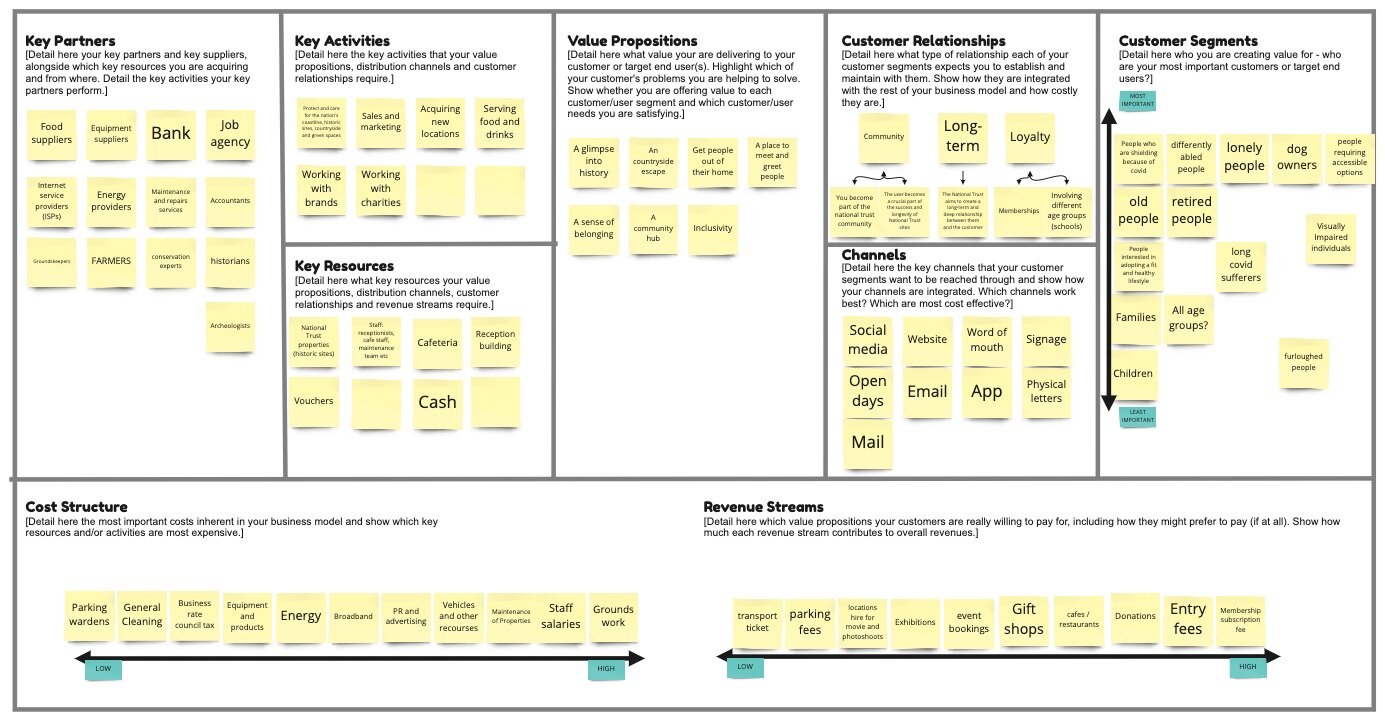
Business Model Canvas
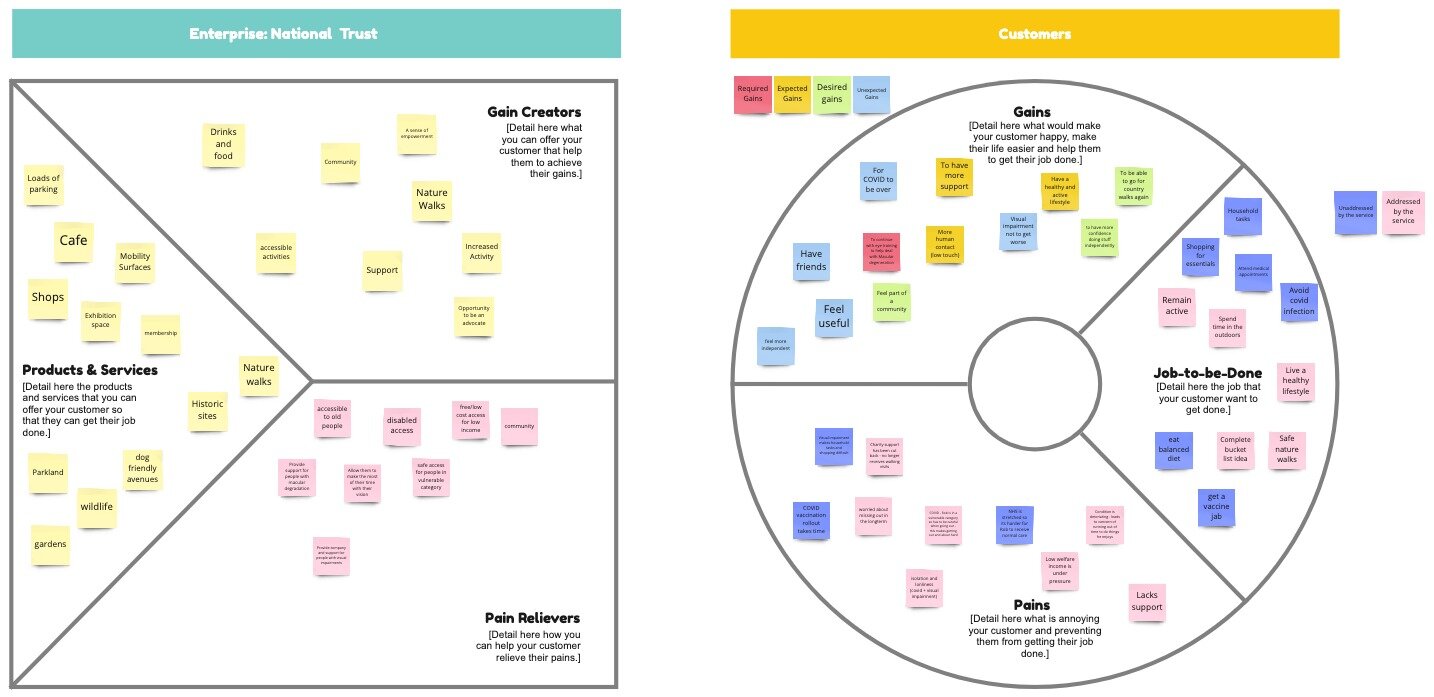
Value Proposition Canvas
Opportunity Statement
There is an opportunity to design a service, leveraging the National Trust’s resources, for visually impaired people who want to feel valued and part of the community but are fearful of COVID-19 and are excluded from existing non-accessible activities.
Develop
Ideation Phase
Ideation
‘How Might We’ statements were generated, exploring different opportunities.
Generating ‘How Might We’ statements as a team.
These HMW’s where then used to spark rapid ideation rounds, with concepts being sketched out and presented to the team before being picked apart and redesigned.
Concept ideation
From these group ideation sessions we formed our concept service around a community sensory garden, created by teams made up of furloughed National trust staff and visually impaired volunteers from the community.
Experience Prototyping
Despite prototyping not being possible at time of project due to lockdown restrictions, a phased prototyping plan was devised running from early bodystorming through to a launch of a pilot scheme at Hardwick Hall.
Phased Prototyping Plan
Deliver
Implementation Phase
Deliverables
The service concept was developed and expressed in polished presentation slides including a storyboard, customer journey map, service blueprint, stakeholder map, value proposition canvas and social business model canvas.
Outcome
Concept Statement
The People’s Garden is a service facilitated by the National Trust that co-creates sensory community gardens, offering a visually impaired-accessible and covid secure outdoor activity that allows people with visual impairments to learn new skills, gain a sense of empowerment and an opportunity to participate in the community, whilst bringing the National Trust to people who do not ordinarily have access to it.
Hero Image
Storyboard

1/10 Challenges of visual impairment. Rob is 55 and lives alone in Mansfield. He is unable to work after developing macular degeneration, causing central vision loss. With the help of his guide dog and a visiting support worker, Rob tries to be independent but has lost a lot of confidence. Conscious of his condition worsening, he wants to stay active and make the most of his vision, as he enjoys regular supported walks in nature.
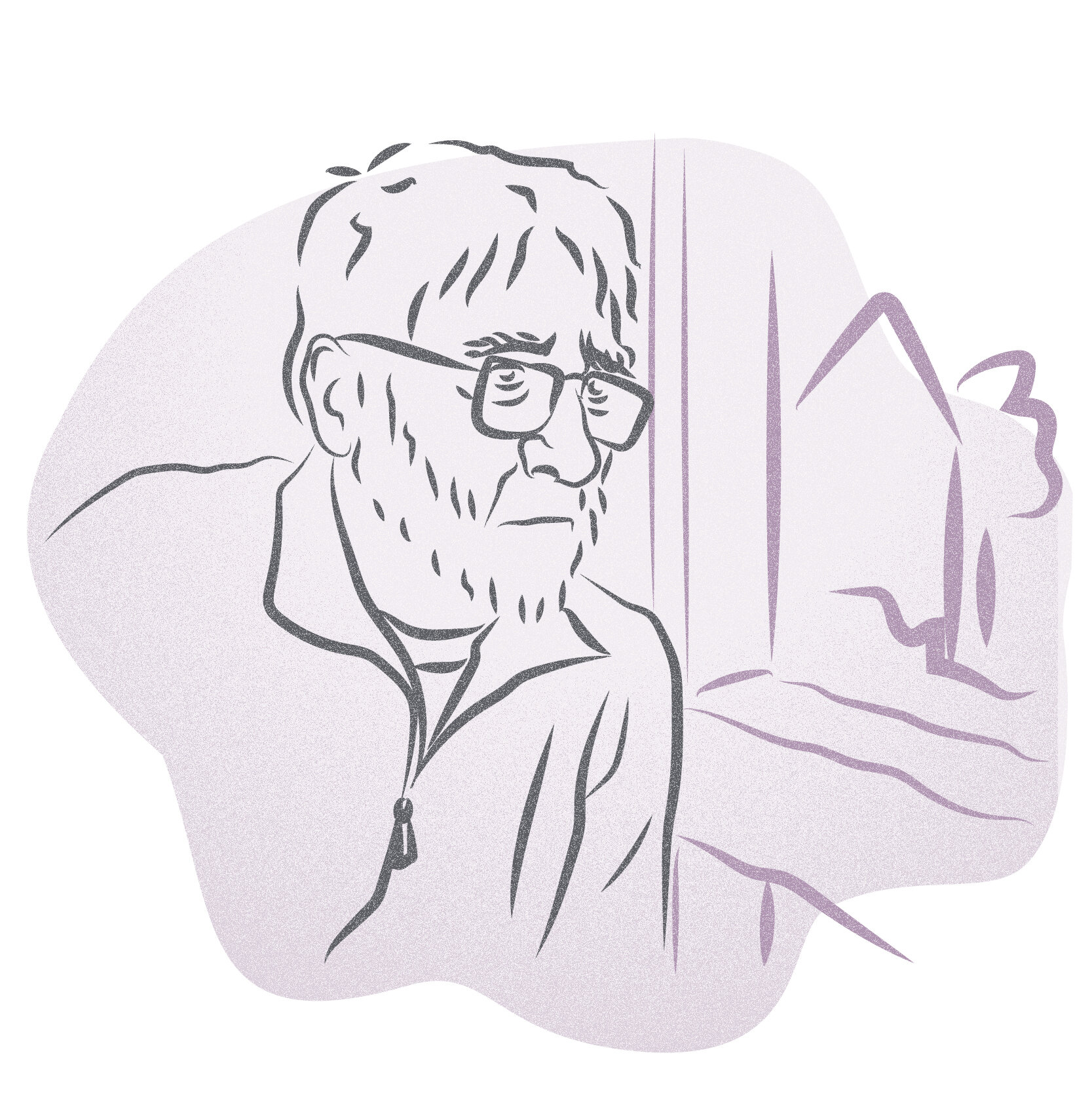
2/10 Effects of COVID-19. COVID-19 has meant a reduction in Rob's support, meaning he can no longer take his nature walks. Due to his age and health, he is fearful of the virus. He greatly misses human interaction but struggles with reading electronic screens and worries that community activities will not be accessible for him and he may fall or get lost. Rob feels isolated, frustrated and lonely.
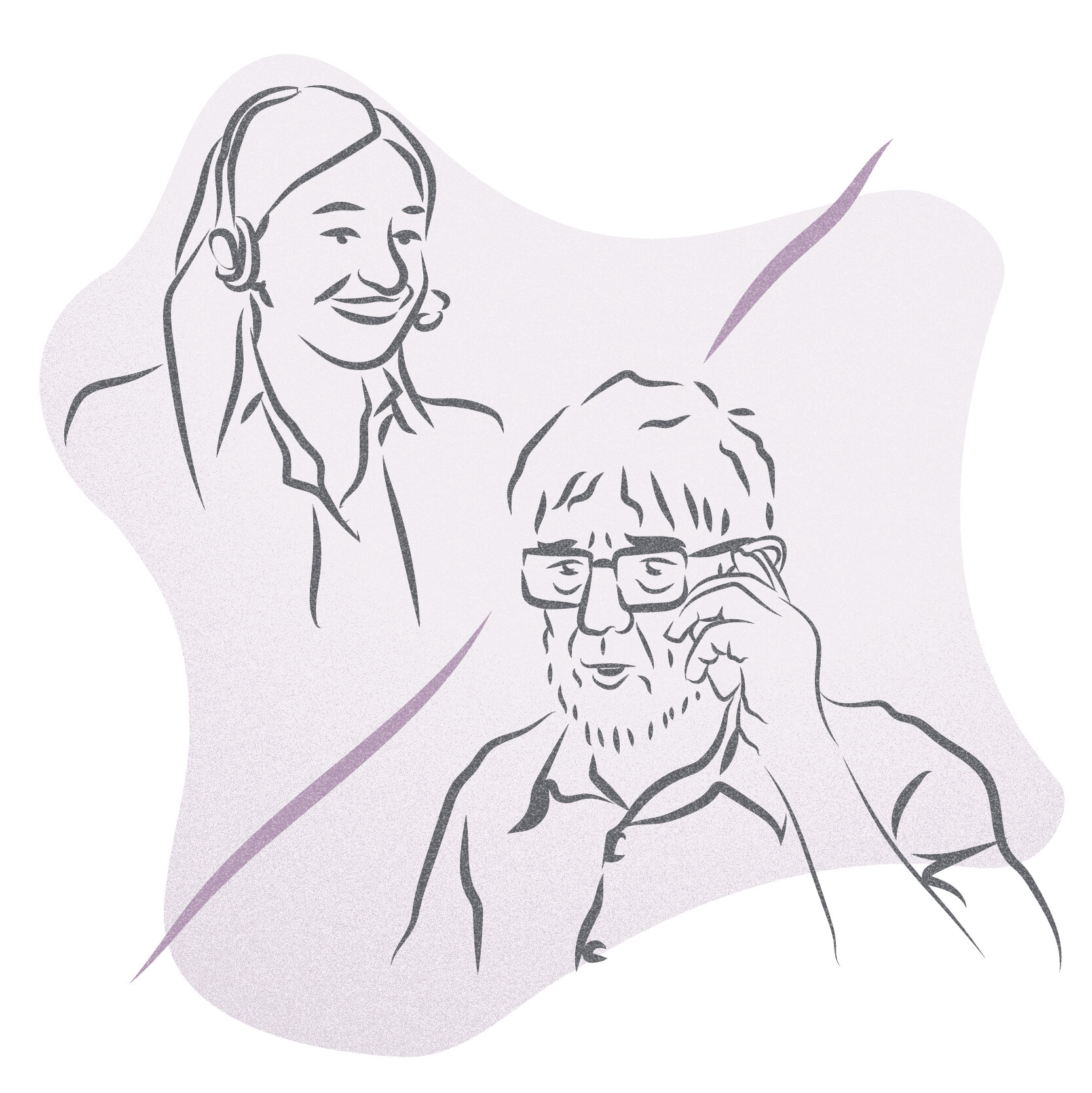
3/10 Discovery and signing up. During his weekly visit, his support worker, from the Macular Society, brings The People’s Garden to Rob's attention. It's a community garden initiative in an accessible, COVID-secure environment, looking specifically for visually impaired volunteers and is facilitated by the National Trust. Intrigued, Rob calls the National Trust to find out more and decides to sign up.
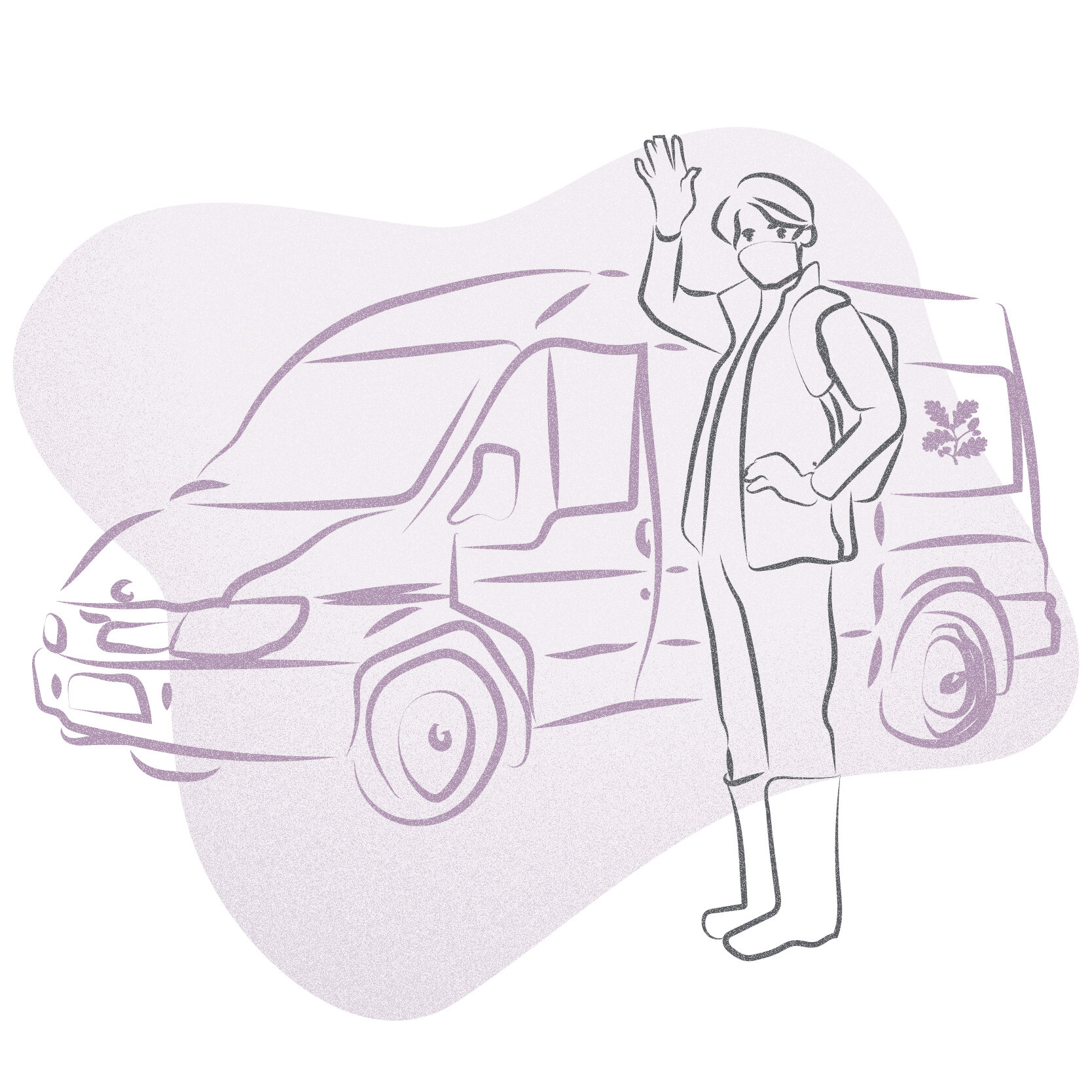
4/10 Travelling to the garden. The gardening team is run by furloughed staff from the nearby National Trust property, Hardwick Hall. Susan, a staff member, picks Rob up in their National Trust minibus and drives to the new garden location in central Mansfield. The land is unmaintained public space owned by the council. He is grateful for the lift as he was worried about walking.
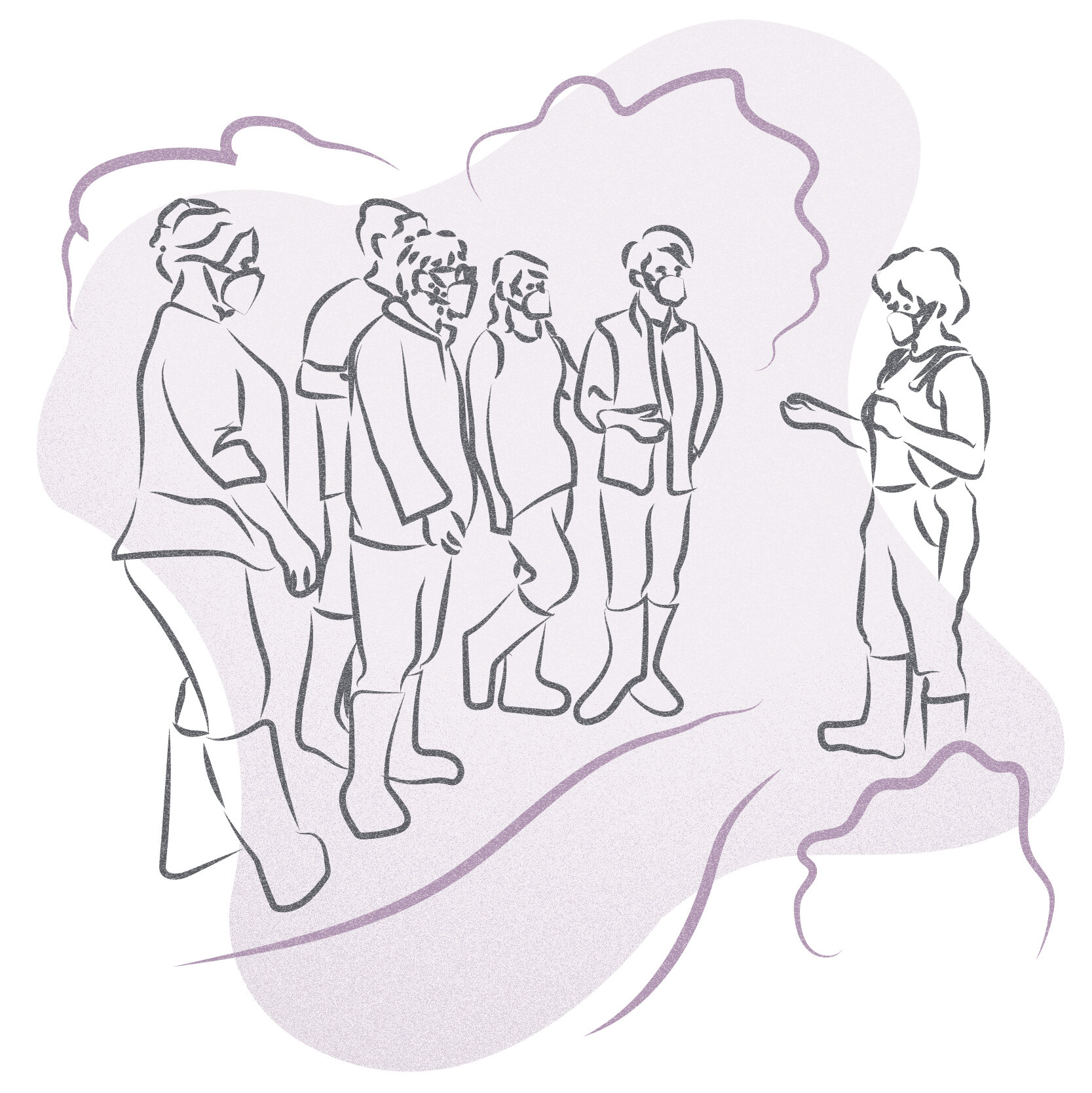
5/10 New skills in a safe environment. Upon arrival Rob is greeted by the National Trust staff and other visually impaired volunteers. He feels reassured by the Covid-secure and accessible environment. The head gardener teaches the volunteers how to safely garden with a visual impairment whilst creating multi-sensory gardens that go beyond aesthetics.

6/10 Creating a sensory garden. Over time the team work together, under the direction of the head gardener, to create a sensory garden inspired by Hardwick Hall. Rob loves the opportunity to spend time outdoors and interact with others. As his confidence grows, he co-creates plans for the garden. Rob feels like he has regained purpose and is bonding with the small community he helped create.

7/10 Rejuvenated self-worth. As COVID restrictions loosen, more volunteers (both visually impaired and with average vision) from the local community join the team. Now an experienced team member, Rob teaches the new volunteers how to create a sensory garden. He feels respected and valued. He loves being able to contribute and participate in the new community.

8/10 The community benefits. The sensory garden becomes a key part of the community in Mansfield, providing a footfall boost for nearby businesses while helping people with autism and disabilities who may benefit from the tactile nature of sensory gardens. Rob feels proud that he is contributing to pro-environmental efforts as he reintroduces nature and biodiversity back into urban settings.

9/10 National Trust in the city. Visitors to the sensory garden learn about Hardwick Hall and its local heritage. Many have never been able to visit the Hall so are happy to have the opportunity to learn about it closer to home. The National Trust has been brought into Mansfield; reaching new people and raising awareness of local heritage.

10/10 Transforming lives. The head gardener is impressed by Rob's skills and has valued his input. After Hardwick Hall reopens, the National Trust offer Rob a paid gardener role. Rob is overjoyed and filled with pride. From giving up any hope that he could work, Rob has now rediscovered his confidence and self-worth through learning new skills, connecting with his community and creating The People’s Garden.

Service Detail
Reflection
This project really made think about my own privilege as a designer and how important it is to be mindful of that during design. I can never truly know the experience that a visually impaired user might have and too often design thinking can be very surface level; to offer quick tech solutions to over simplified problems. I was pleased with this project that we attempted to go further; to try and design systems in which users could empower themselves and make it their own rather than us prescribing outcomes.












